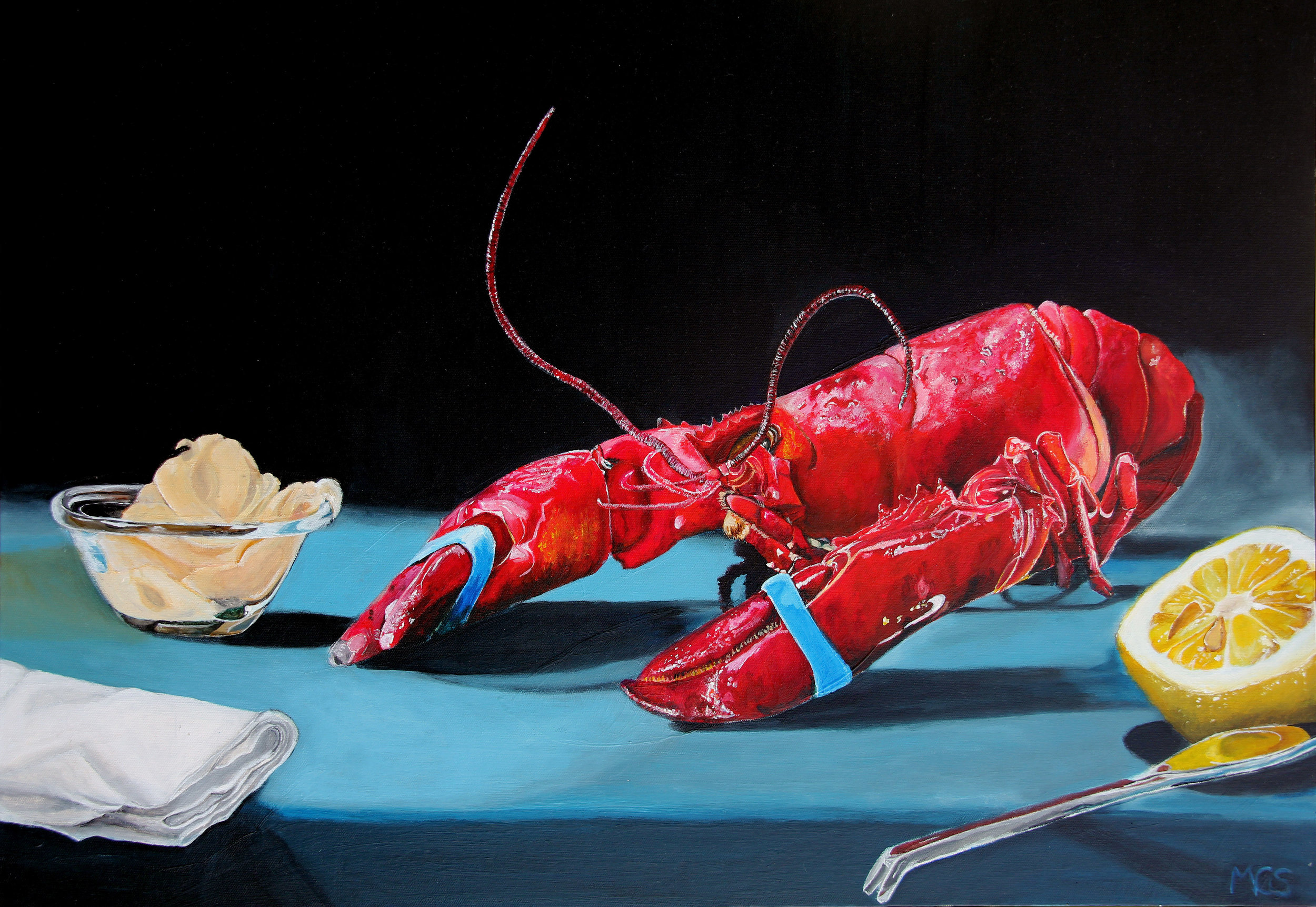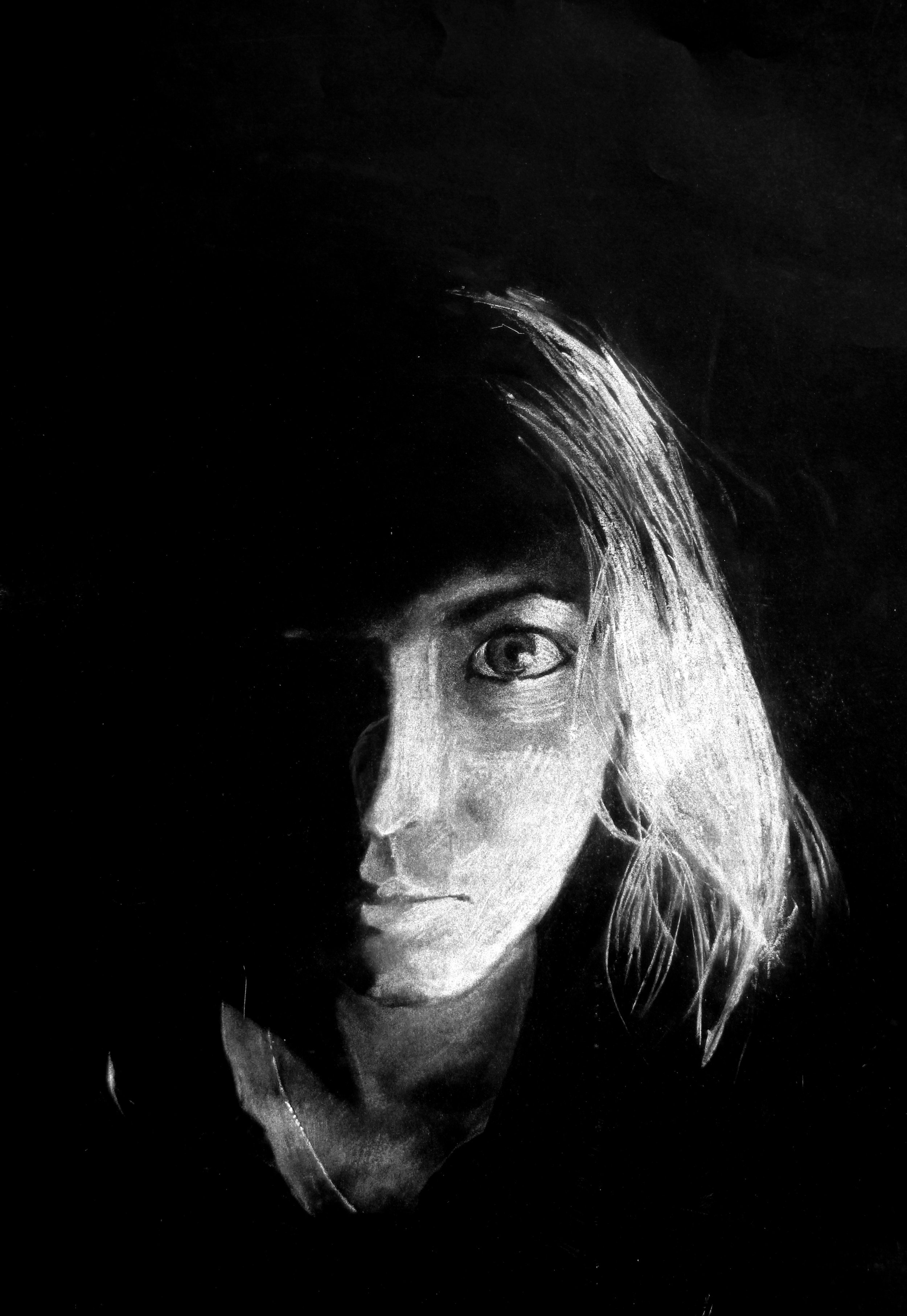Drawing and Painting
Drawing and painting introduces beginning students to art fundamentals. No prior background in art is required. A skills-based course, it focuses on learning how to draw and paint from observation. Students work with a variety of subject matter, including still life, landscape, architectural spaces and buildings, and portraiture. In the fall, the course focuses on drawing with black and white media such as pencil, ink, and charcoal, and then progresses to color drawing media such as pastels. In the spring, the course focuses on painting media such as watercolor, acrylic, and oil.
The galleries below represents just some of the work completed this year. Click on an image and you will be taken to a full screen view, and if you hover over the artwork, the artist's name will appear.
Light and Dark
The History of Art teaches us many useful things about technique and how artists use the visual language. Students in the Drawing and Painting elective have been studying how chiaroscuro has played its part in the development of the traditions of Western painting by putting what they have learnt to use in their studio work. Chiaroscuro comes from the Italian and translates literally as light/dark. In painting, it is the technique that allows an artist to describe form by graduations of light and dark and is generally accepted as being developed during the Renaissance, and best seen in the works of Leonardo de Vinci and his contemporaries. Chiaroscuro not only reveals form on a flat surface—the illusion of three dimensions—but also introduces an expressive element into the subject matter. When a single light source is used—for example, a candle or lamp—it creates strong contrast, with deep shadows and pools of light. These in turn add a sense of theater, with the spectator drawn further into the work; the artist orchestrating the scene. During the 17th century, Italy’s Caravaggio, France’s Georges de la Tour, and Holland’s Garrit van Honthorst exploited this technique in their work extensively, and through it the subjects that inhabited their paintings were brought to life. (See examples at the beginning of the gallery below.) Many of Caravaggio’s early biblical scenes caused a public outcry when first seen because of their realism and drama. Many TASIS students have made use of this device in portrait paintings down the years. Students in the Drawing and Painting elective were asked to make a larger than life self-portrait using white chalk on black Ingres paper. They had access to a single light source in a darkened space and a camera, and they used a grid to enlarge and realize their final artwork.
Student Work (2015-2016)








































